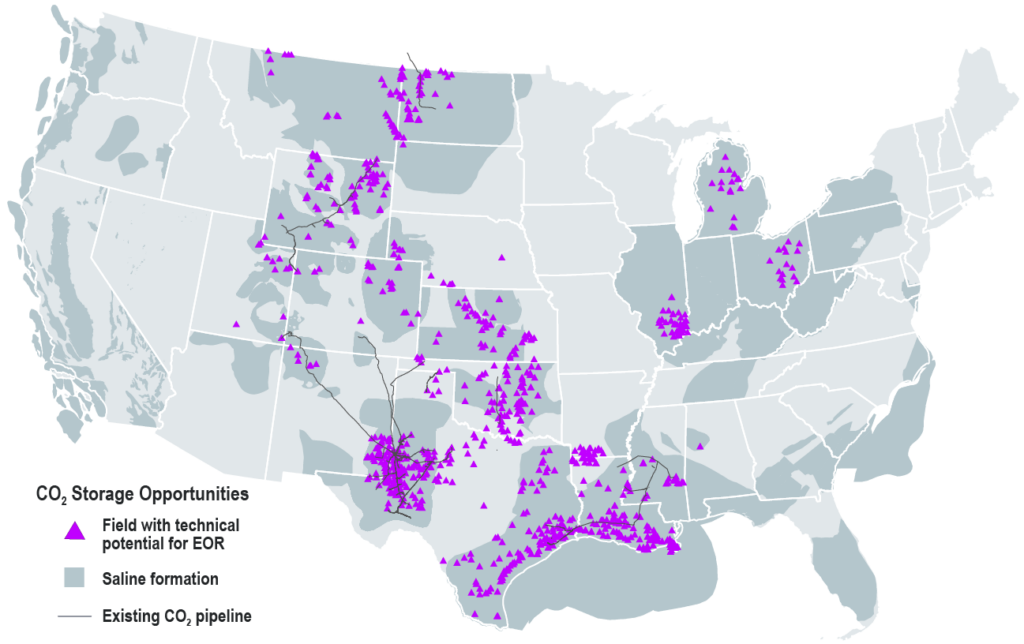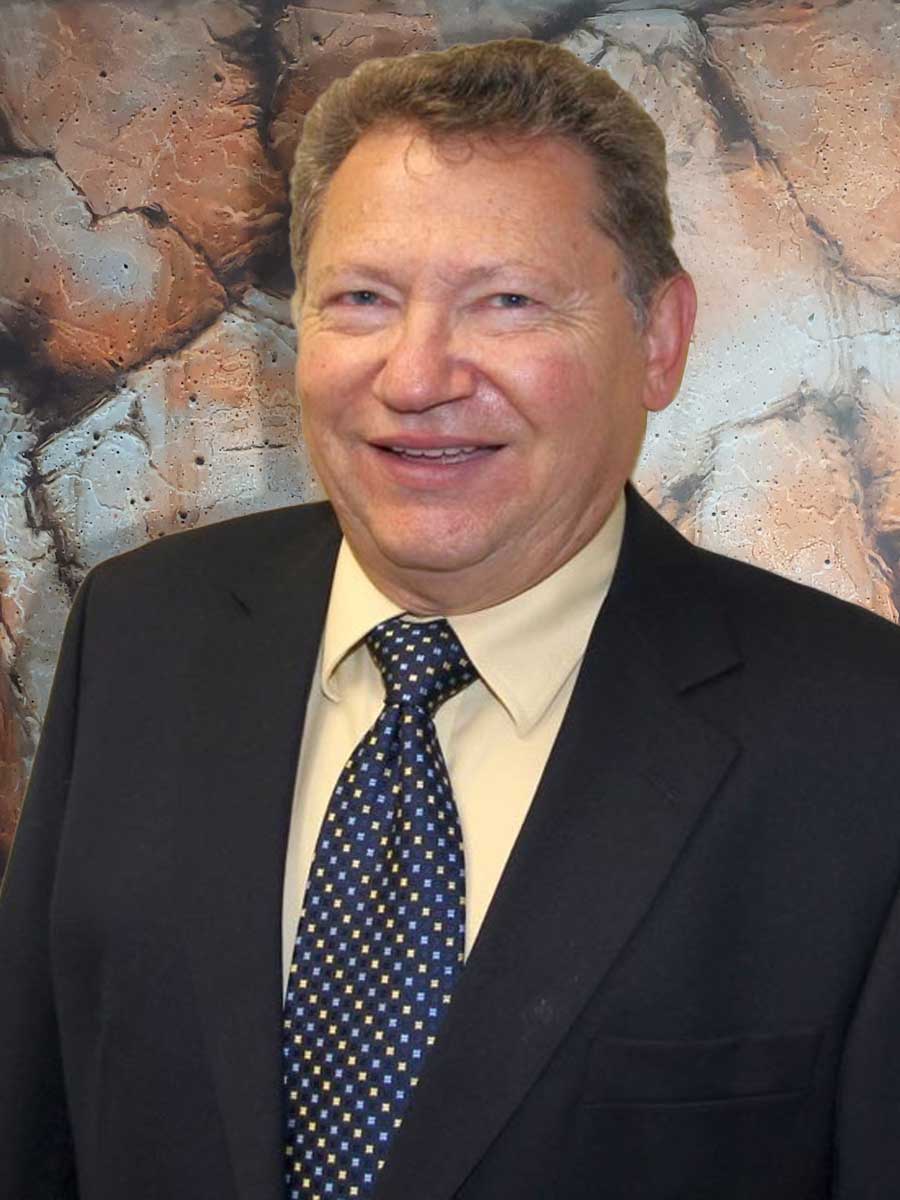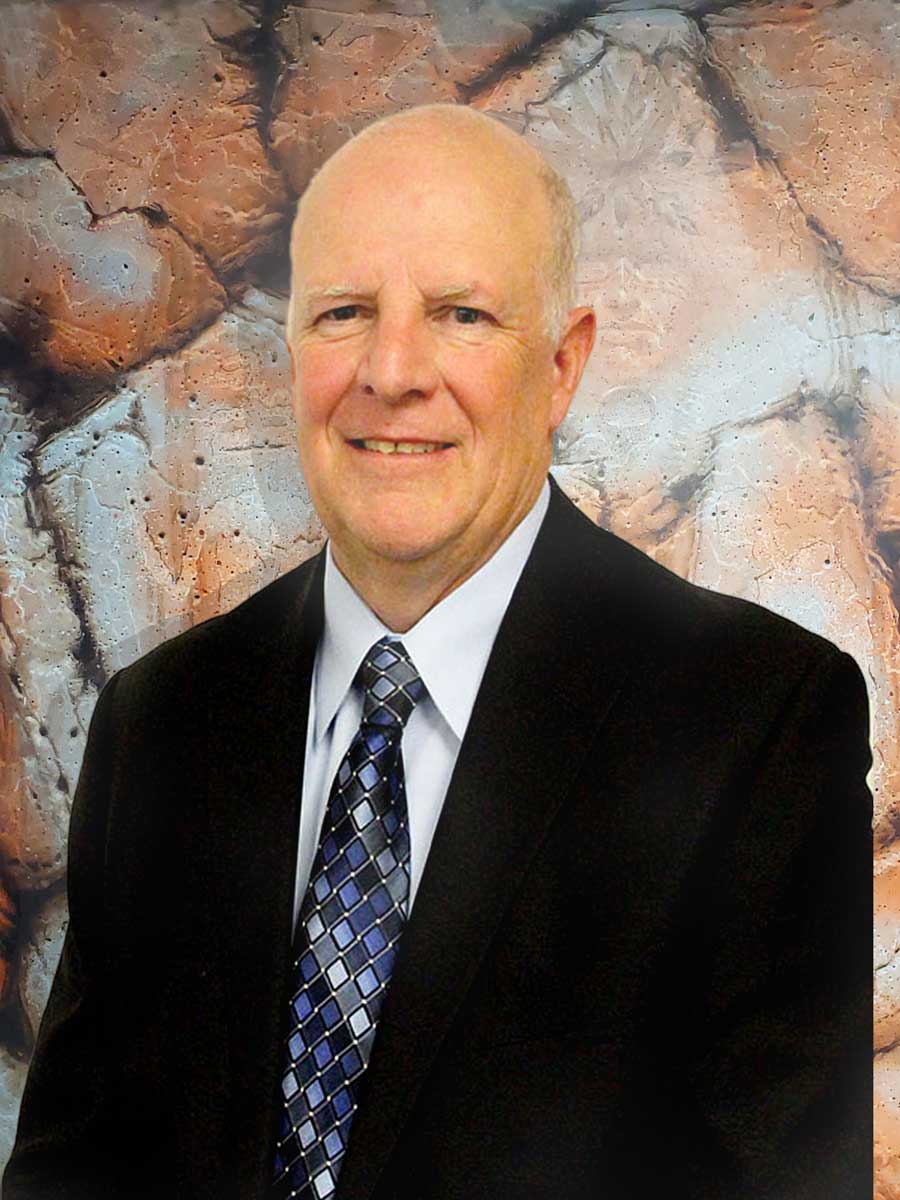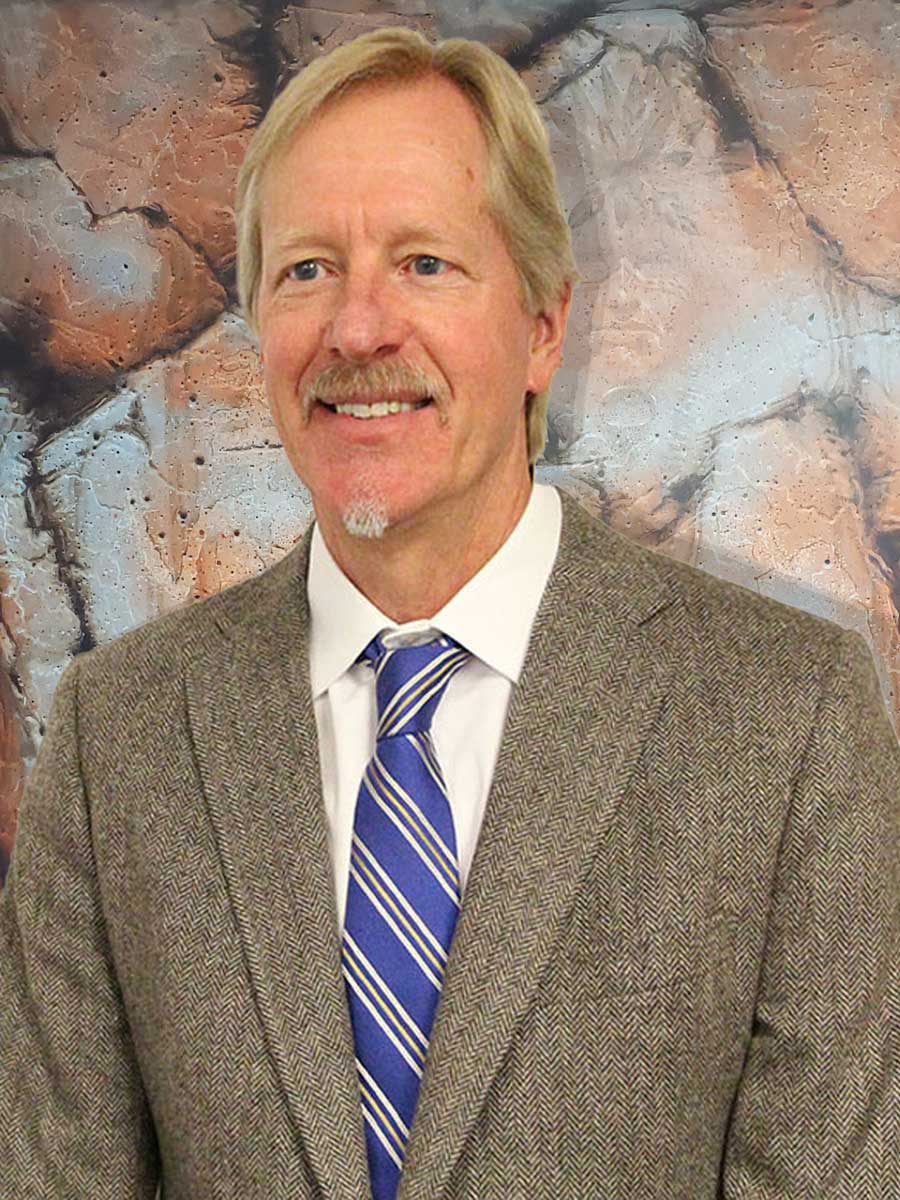Game-Changing SCALE Act Could Enable Carbon Capture Infrastructure Needed for Net-Zero Goals
December 18, 2020 in Carbon Management
Authors: Elizabeth Abramson, Jennifer Christensen
Bipartisan legislation introduced this week could provide game-changing support for carbon dioxide (CO2) transport and storage infrastructure that will be essential to reaching midcentury climate goals. The Storing CO2 and Lowering Emissions Act (SCALE Act), introduced by Representatives Marc Veasey (D-TX), David McKinley (R-WV), Cheri Bustos (D-IL), and Pete Stauber (R-MN) on December 16, would enable CO2 transport and storage infrastructure required to scale up carbon capture, removal, use, and storage across domestic industries, including those that are difficult to decarbonize.
Carbon capture has an essential role in addressing emissions from key industrial sectors like steel, cement, plastics, and fertilizer production that make up approximately 30 percent of global CO2 emissions and have inherent CO2 emissions in production processes. Carbon capture, along with direct air capture, must be deployed at scale to achieve economywide decarbonization by midcentury.
The SCALE Act would give the federal government tools to enable US leadership on critical technology innovation and deployment in industries across the economy. The bill focuses on three key areas:
- Provides financing mechanisms for CO2 transport and storage infrastructure and realizes economies of scale by reducing the overall costs associated with buildout of an interconnected system;
- Supports development of saline geologic storage resources, focusing on projects that could serve as regional hubs for large-scale deployment, and supports implementation of the EPA permitting program on CO2 injection for secure geologic storage; and,
- Supports the development of products with commercial value using captured CO2 and its precursor, carbon monoxide.
GPI Vice President Brad Crabtree, speaking in his role as the director of the GPI-convened Carbon Capture Coalition, stated that the bill “would foster regional and national buildout of cost-effective, shared CO2 transport networks, together with saline geologic storage hubs, enabling the scale-up of carbon capture and removal from our nation’s industrial facilities, power plants, and future large-scale direct air capture facilities.”
US industries are ready to lead on carbon capture with key infrastructure, policy support in place
Many established and emerging companies in the US are investing in carbon management technologies that could create and sustain high-paying jobs across the US, from aviation to manufacturing and electric power generation. Yet, these companies need financing policy and available transport and storage infrastructure that the SCALE Act would support, to attract the level of investment required for economywide deployment.
As lead bill author Representative Veasey (D-TX) said in a statement on the bill introduction, “If we successfully deploy CO2 transport and storage infrastructure, we can help certain industrial sectors of our economy dramatically reduce their emissions while creating thousands of good jobs.”
Recently released analysis by Rhodium Group, commissioned by GPI, underscores the jobs and economic potential of enabling economywide deployment, finding that investing in carbon capture technology and infrastructure is a multi-billion dollar investment opportunity for the nation. The first-of-its-kind analysis shows detailed jobs and investment potential in several regions of the country and describes the unique opportunities for each region based on their industrial sectors. The study demonstrates the versatility of carbon capture, which can be applied across sectors and geographies.
Regional opportunities for carbon capture infrastructure can be seen, for example, in the Midcontinent region of the US, which has localized clusters of industrial emissions.
INTERACTIVE MAP SHOWING CLUSTERS OF THE TOP-EMITTING SECTORS IN THE MIDCONTINENT
Analysis shows the need for a national CO2 transport infrastructure network grounded in regional hubs and guided by long-term planning
Analysis by GPI, in partnership with leading research institutions, demonstrates the potential benefits of and need for a national, interconnected CO2 transport infrastructure network grounded in regional hubs to manage and reduce carbon emissions.
Through detailed scenario modeling using the SimCCS model, the analysis found that “infrastructure with larger capacities built for long-term planning horizons can deliver more CO2 at lower per-ton transport costs.” The analysis showed “clear climate and economic benefits of long-term coordination and planning of CO2 transport infrastructure for midcentury decarbonization.”
OPTIMIZED TRANSPORT INFRASTRUCTURE FOR ECONOMYWIDE CO2 CAPTURE & STORAGE

Source: Elizabeth Abramson, Great Plains Institute, 2020. EOR stands for enhanced oil recovery.
While the US has transported CO2 since the 1970s, the existing network is vastly insufficient to cost-effectively transport the volume of emissions from facilities eligible for the 45Q tax credit to suitable geologic storage sites. Similarly, the US needs to identify and develop more geologic storage sites that can serve these regional networks, along with funding and supporting the permitting process for geologic storage.
AREAS FOR GEOLOGIC CO2 STORAGE

Source: Elizabeth Abramson, Great Plains Institute, 2020.
This lack of infrastructure poses a significant barrier to project development and cost-effective economywide deployment. As Crabtree states in the Coalition statement, “The strategic importance of access to CO2 transport and geologic storage can be seen in the 30-plus publicly announced projects now under development in response to the federal Section 45Q tax credit, all of which are presently limited to locations that benefit from close proximity to existing CO2 pipeline infrastructure or appropriate geologic formations for storage.”
SCALE Act provides opportunity for economywide carbon capture deployment
Carbon capture and removal is an essential part of building a net-zero carbon economy while growing jobs and supporting existing and emerging industries. Building on the landmark 45Q tax credit passed last year, the bipartisan SCALE Act can put the country on a trajectory to have key infrastructure in place over the next decade that will be required for midcentury decarbonization.
Learn more details about the SCALE Act and read quotations of support from Carbon Capture Coalition members on the Coalition website.
Reference: Betterenergy.org








